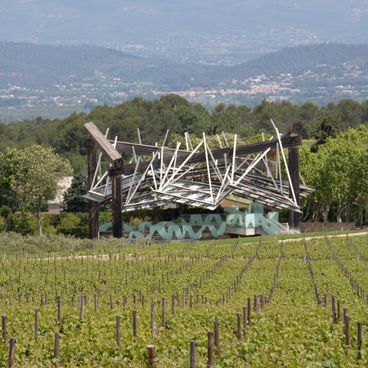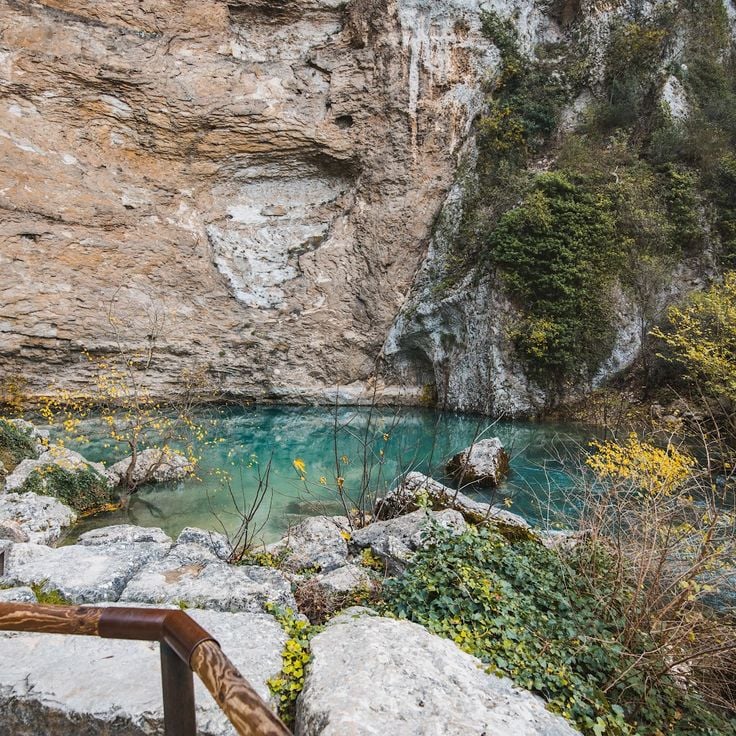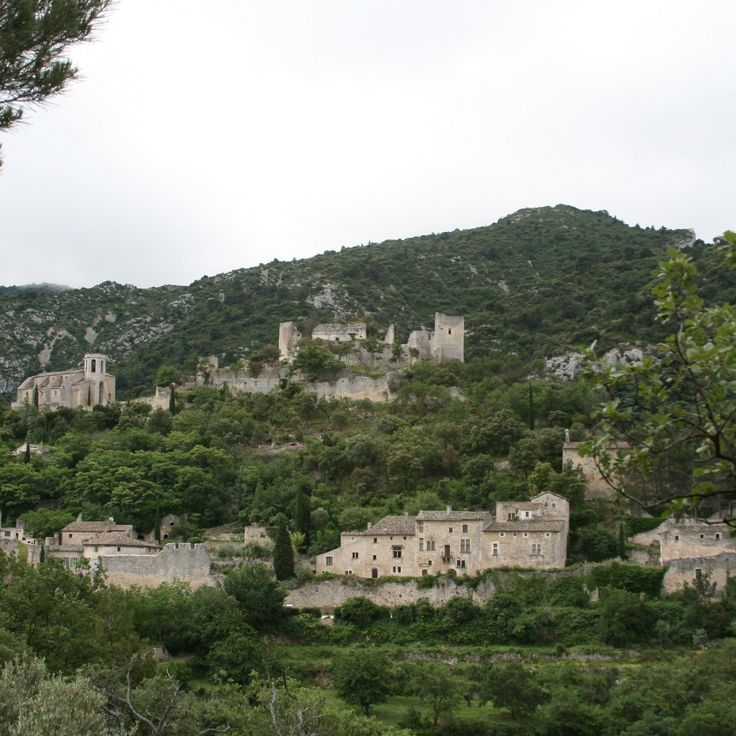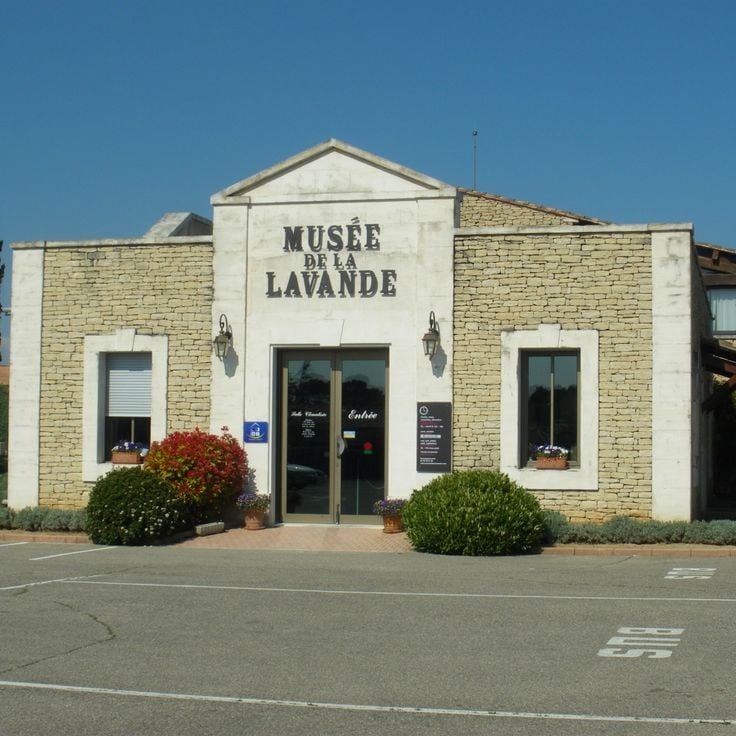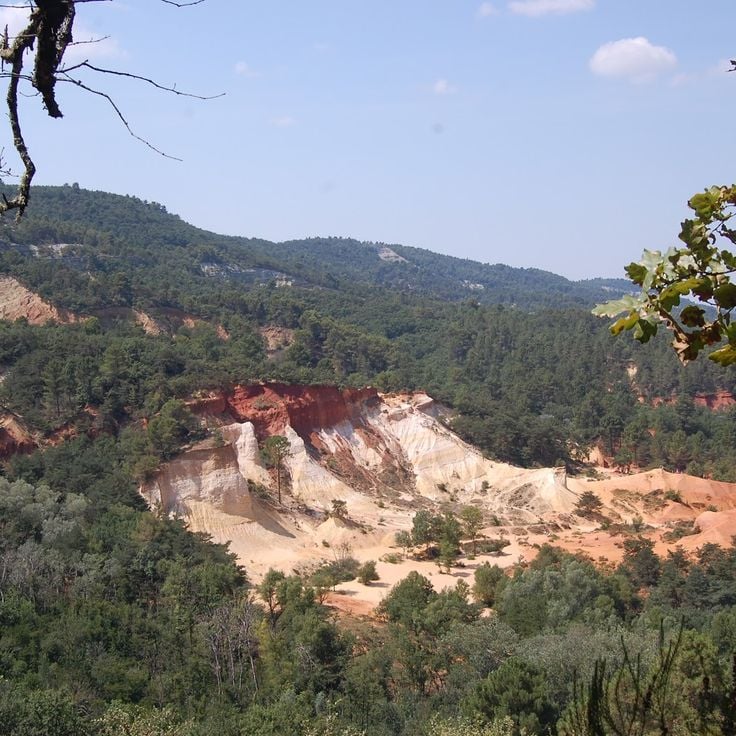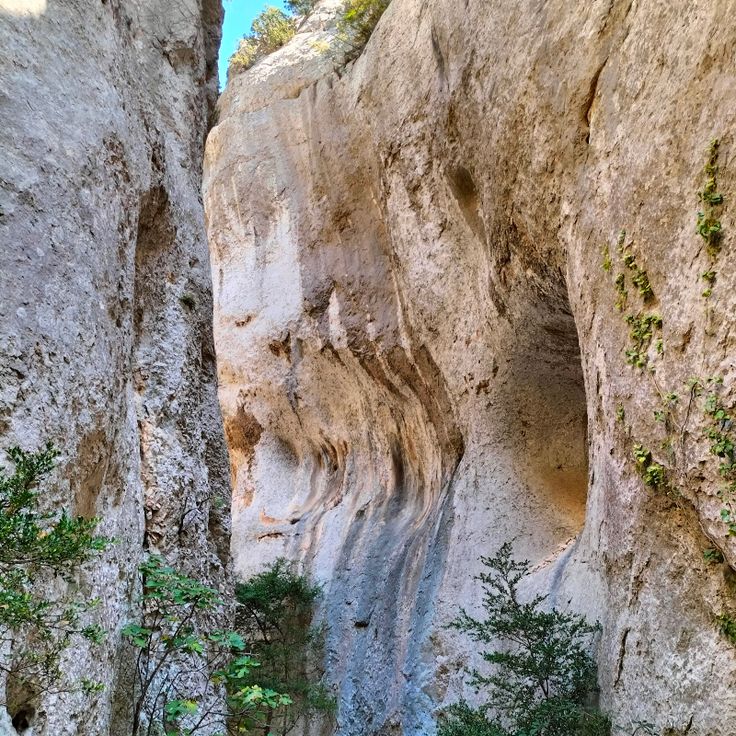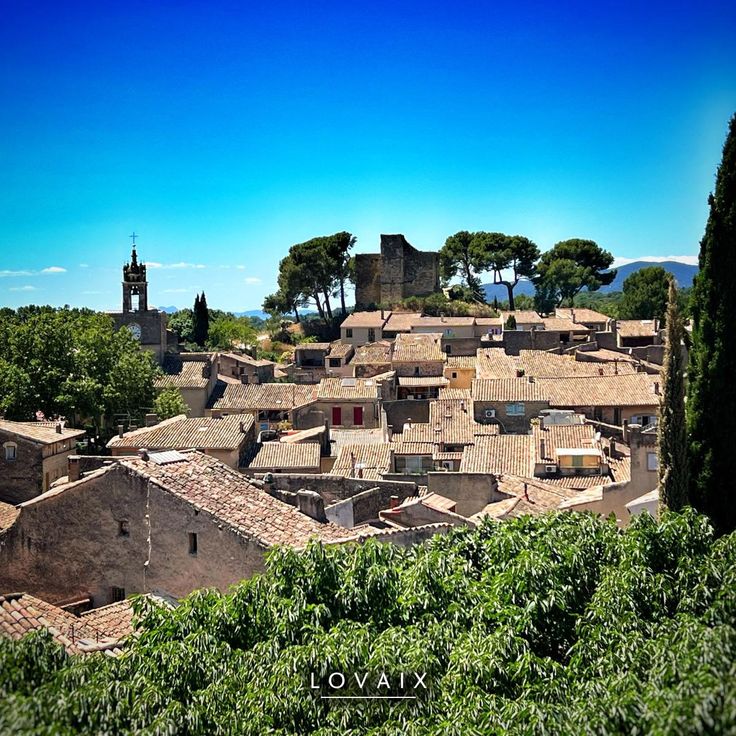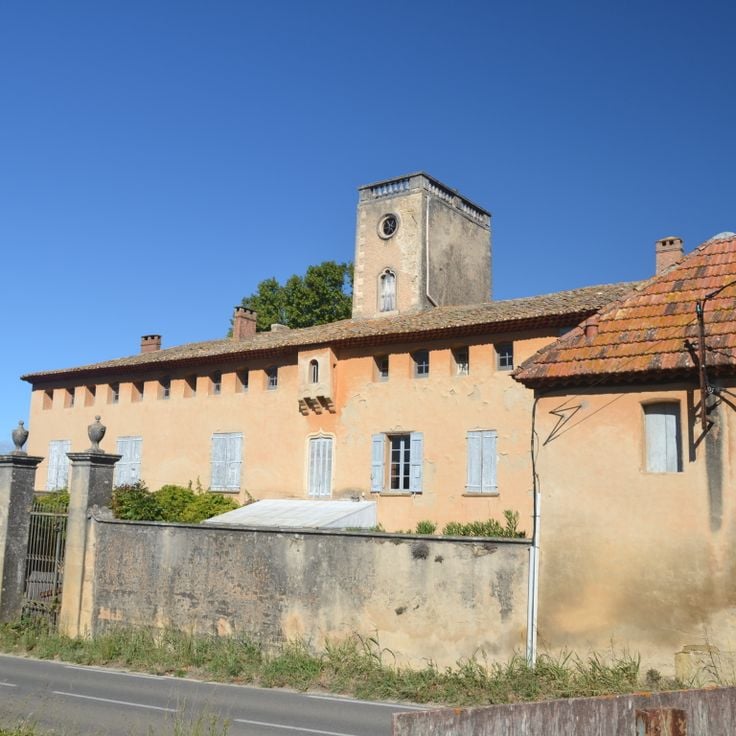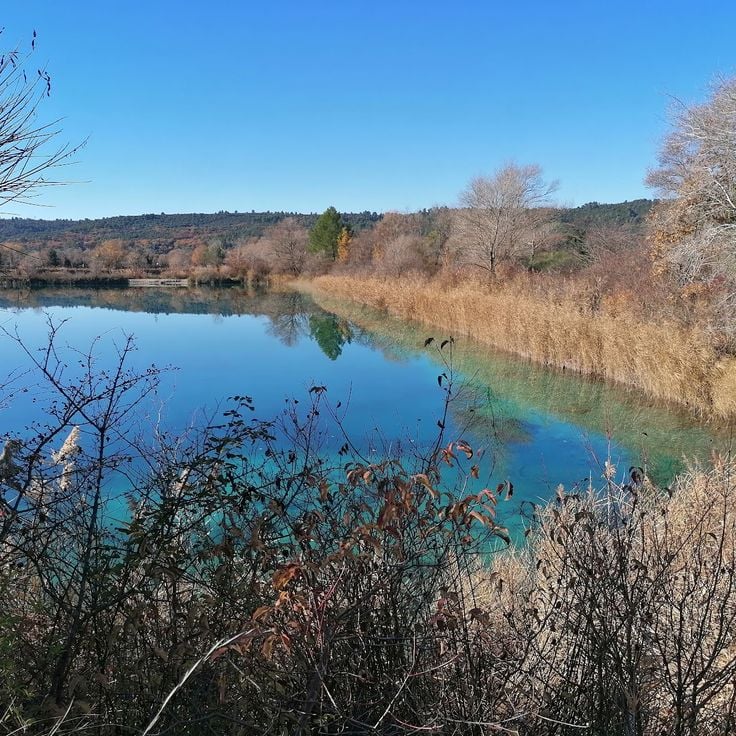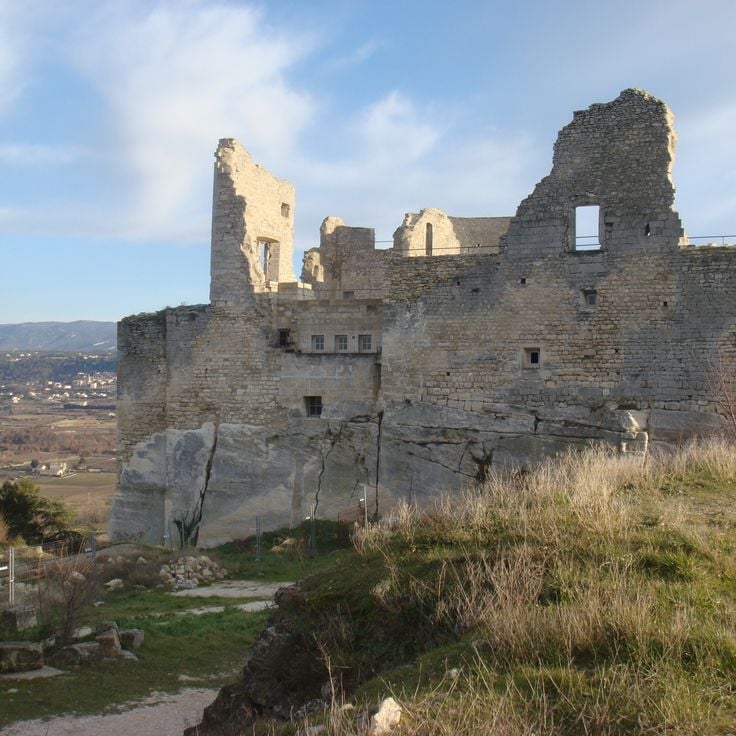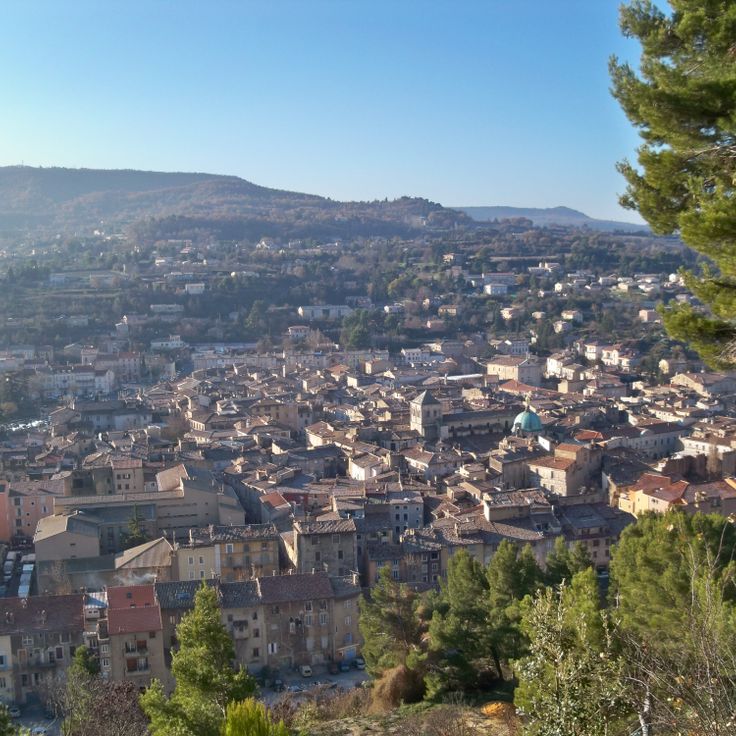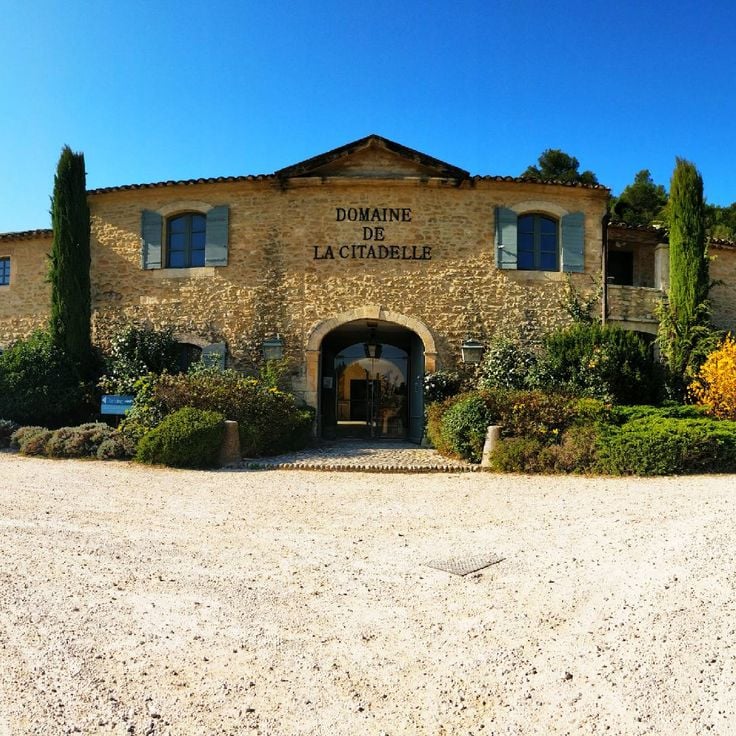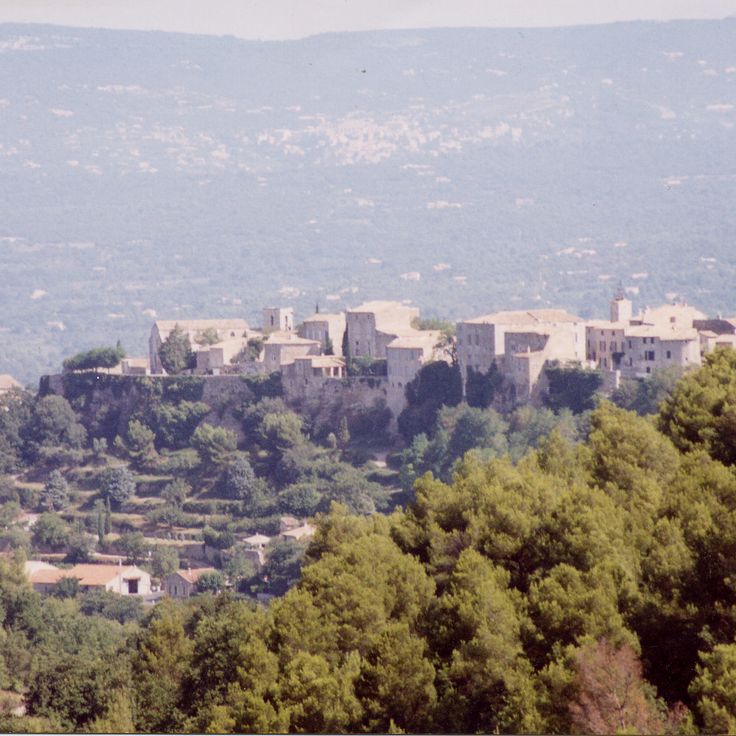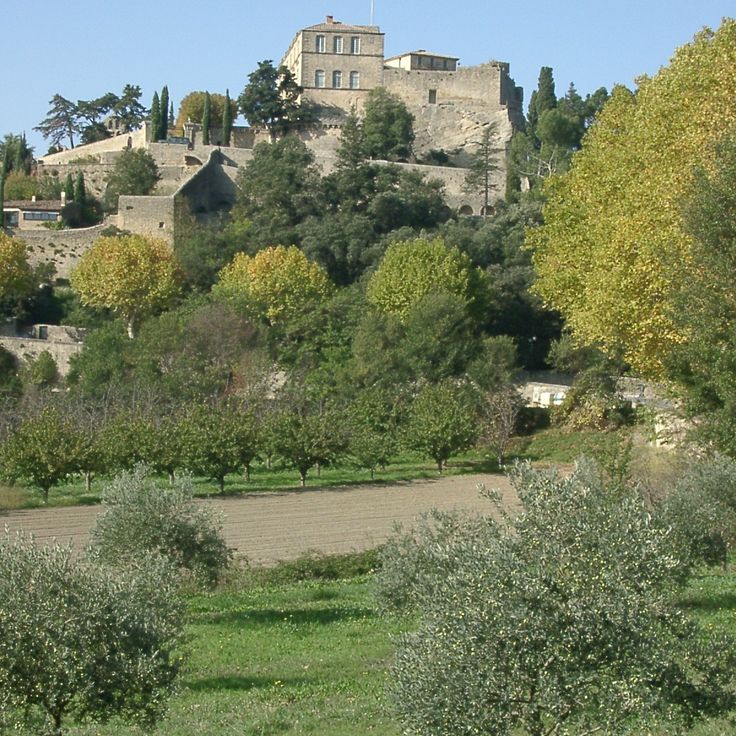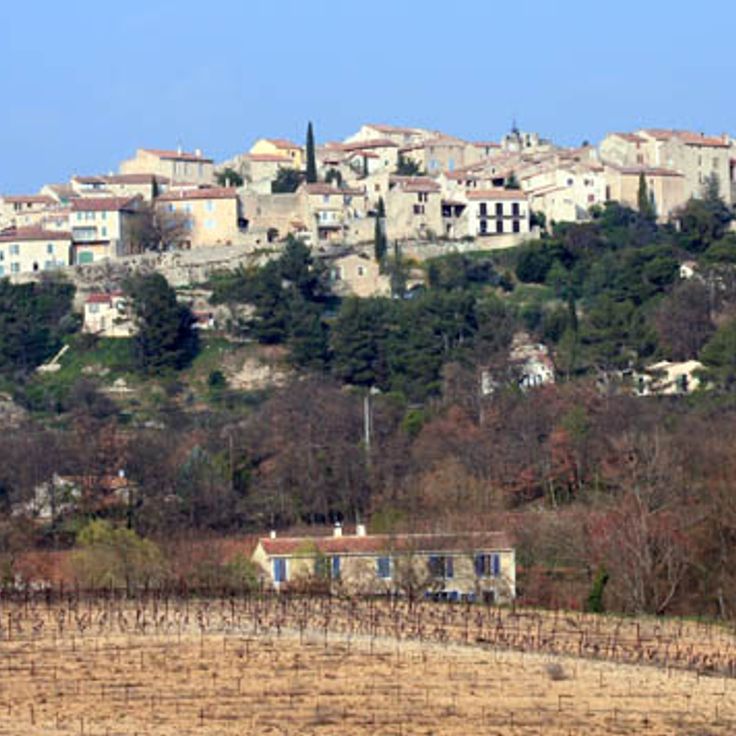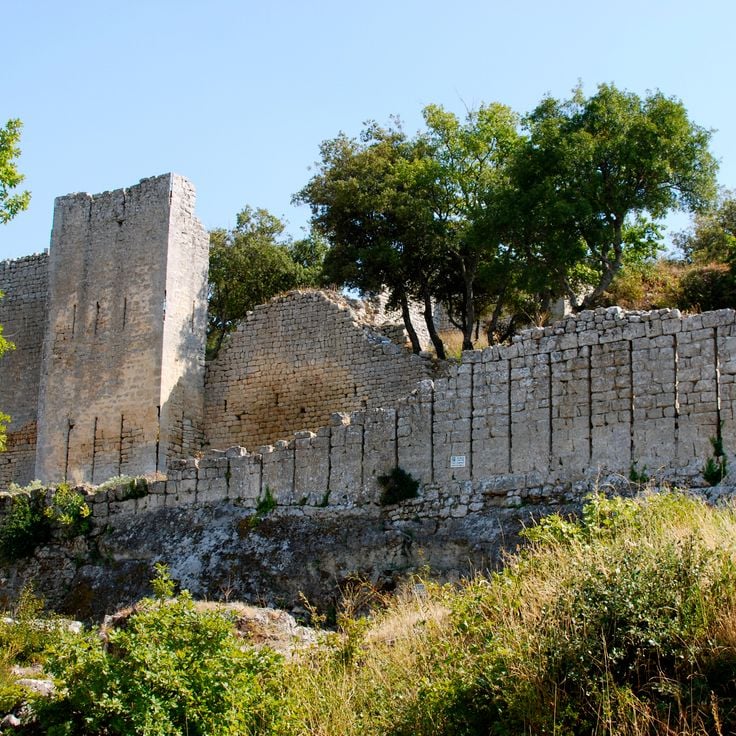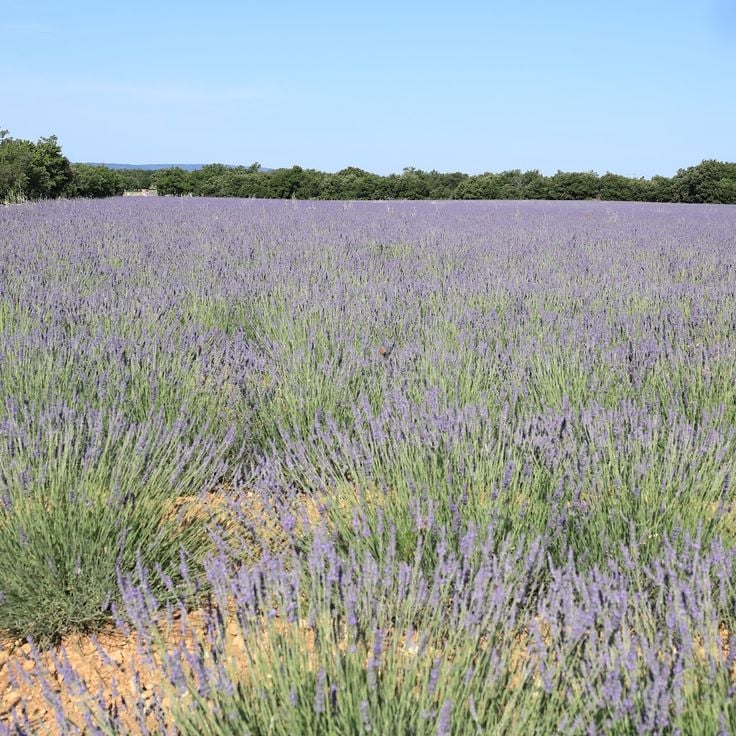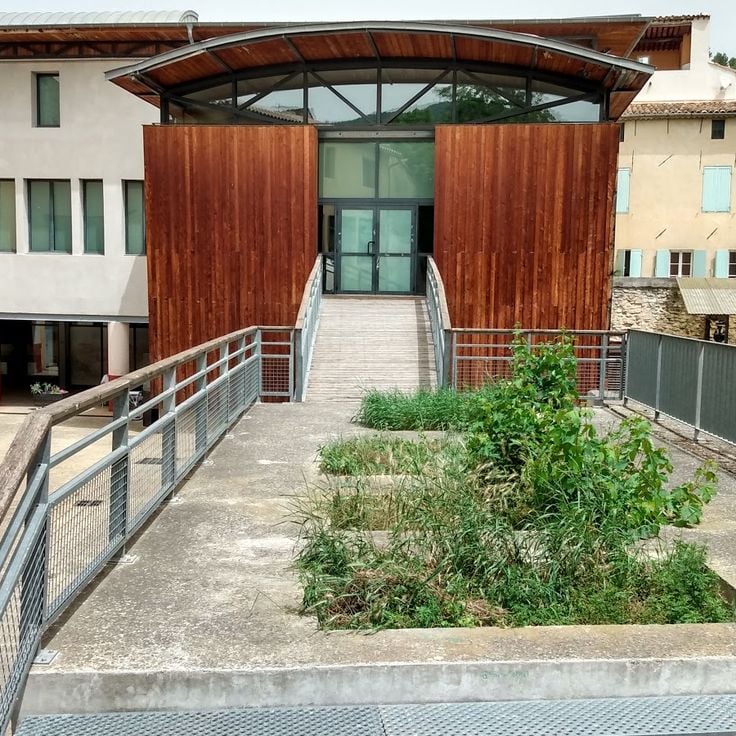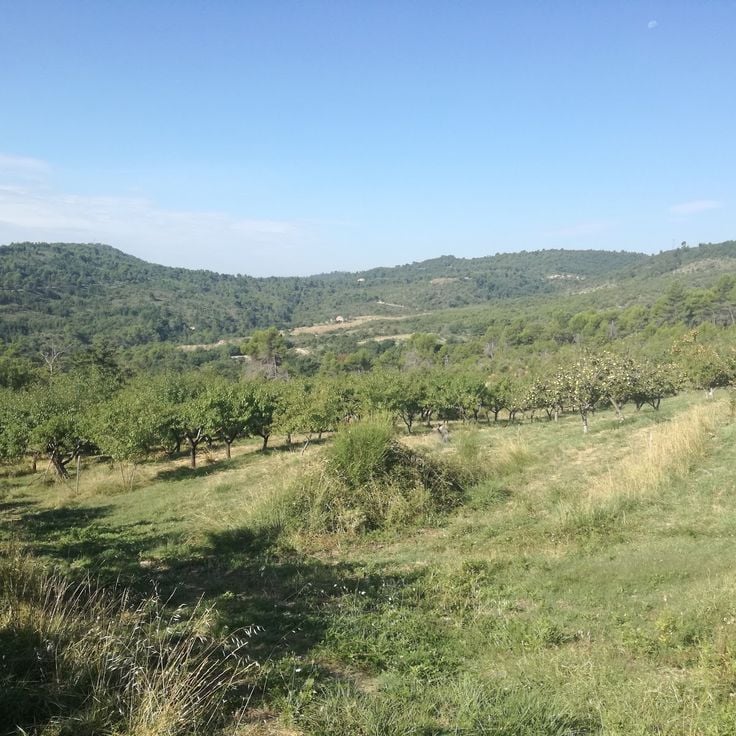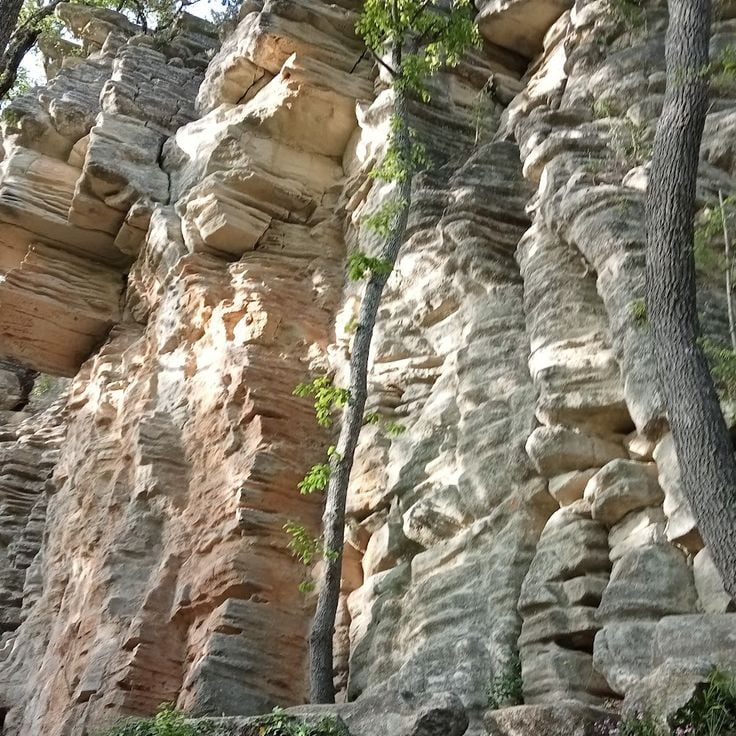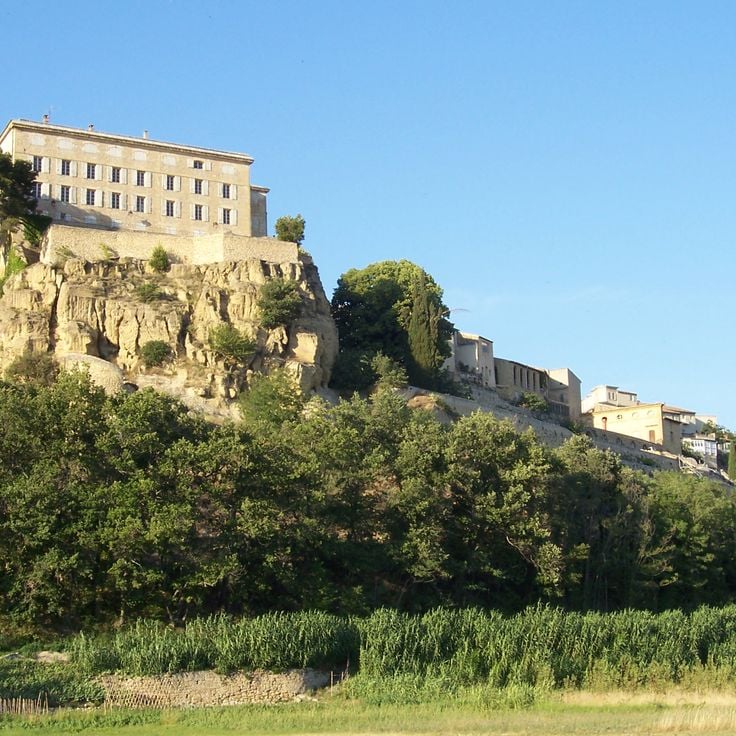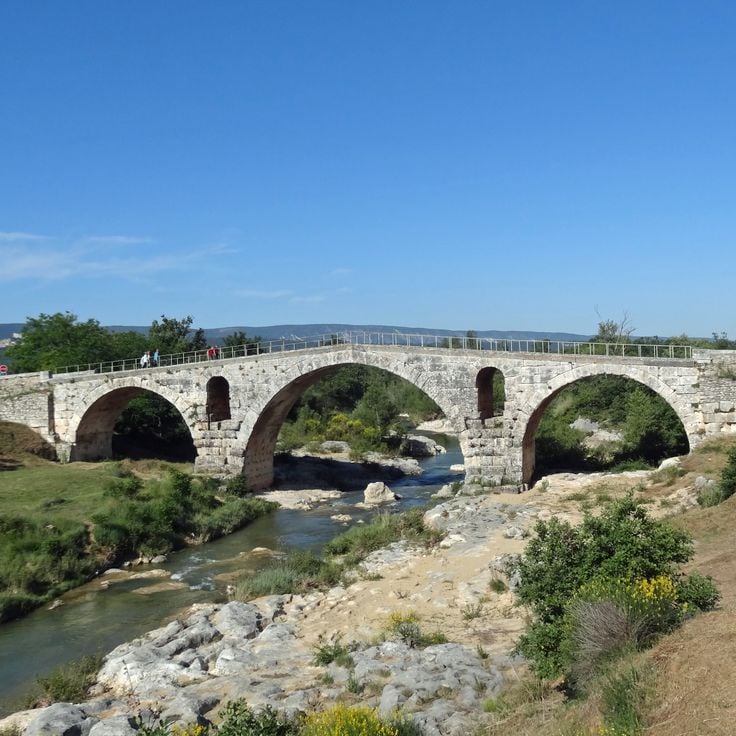Luberon sits between soft hills and stone villages in the heart of Provence. The region shows what makes Provence special: lavender fields, ochre-colored cliffs, and honey-colored houses that cling to hillsides. In villages like Gordes and Roussillon, the buildings catch the light in striking ways. At Fontaine-de-Vaucluse, the Sorgue river emerges from a green spring, and throughout the valleys, abbeys and castles look out over the plains. The places here tell stories from many different periods. Old village streets hold echoes of medieval times, and the landscapes feel handcrafted. You can walk through underground quarries at Gargas, discover troglodyte houses carved into stone at Cadenet, or explore the Bories—ancient stone structures that show how people once lived near Gordes. Roman bridges like the Pont Julien still stand after 2,000 years, connecting past to present. Nature shapes this region too. The cedar forest near Bonnieux provides shade and cool air. Plateaus and lakes offer quiet places to rest. Towns like Apt and Lourmarin have castles worth visiting, and smaller villages such as Saignon, Ansouis, and Ménerbes reward those who wander their narrow streets. The landscape shifts constantly—from stone villages to wild cliffs to cultivated valleys.
The Source of the Sorgue in Fontaine-de-Vaucluse stands as one of the natural treasures of the Luberon region. Water emerges forcefully from an impressive sinkhole, creating one of Europe's most powerful springs. Limestone cliffs frame the turquoise pool, and shaded paths wind through the valley, inviting visitors to walk where water has shaped the landscape for centuries.
Oppède-le-Vieux sits perched on a hillside, holding onto its medieval past. The remains of the castle and the Romanesque church look down over the Calavon Plain. As you walk through narrow lanes, you find old stones and traces of history at every turn. This village fits perfectly into Luberon's character, where each settlement preserves a story from a different time.
Within this Luberon village, the houses glow in the colors of the earth: red, gold, and saffron. The ochre trail crosses ancient quarries with wind-sculpted formations that appear almost unreal. Roussillon embodies the natural beauty of this Provence region, where landscape and local heritage merge.
The Lavender Museum in Coustellet tells the story of this plant and how people have worked with it. The museum displays stills, tools, and documents that show how lavender was processed and used over time. Visitors walk through rooms that explain the distillation methods and discover the many ways lavender became important to the life and economy of this region.
Gordes crowns a rocky hilltop and overlooks the Luberon valleys below. In this village, houses tumble down the slopes in a cascade of honey-colored stone, and light dances across the facades. With its 16th-century castle and narrow alleyways, Gordes embodies the mineral beauty that defines Provence at its most authentic.
L'Isle-sur-la-Sorgue is one of the most notable water towns in the Luberon region, embodying the living connection between nature and human craftsmanship that defines Provence. The town moves to the rhythm of its canals and antique markets, while old water wheels recall its mill past and terraces line the river under plane trees. Here, you can walk through alleyways where history and daily life intertwine, much like the other villages in the region.
The Mines of Bruoux are an underground labyrinth carved into ochre-colored rock that extends across several levels. The tunnels, about 15 meters high, bear witness to centuries of quarrying. This site represents one of the hidden treasures of Luberon and reveals how people have shaped the landscape here. Visitors can walk through the cool passages and see the traces of this work along the walls. It offers a different perspective on the region, because while villages above ground glow in the sun, this place shows the story beneath the earth.
Provençal Colorado in Rustrel showcases the colorful geology that makes the Luberon region special. This natural site resembles an American canyon, with red and yellow cliffs formed by ochre deposits. Paths wind through the landscape, revealing how light and color shape the terrain in ways that feel almost painted.
The Gorges du Régalon in Cheval-Blanc is a narrow rocky passage carved by erosion between two steep cliffs. This natural wonder is part of the Luberon's landscape treasures, showcasing the wild side of Provence alongside its villages and fields. Walking through these cliffs reveals the raw power of stone and water that shaped this region.
The Cedar Forest at Bonnieux offers an unexpected sight in this landscape. Planted in the 19th century, this forest stands in sharp contrast to the olive fields below. The paths lead to viewpoints where you can overlook Mount Ventoux. This place fits naturally into the natural treasures of the Luberon region, where nature and history meet at every turn.
Mourre Nègre is the highest point of the Grand Luberon, offering hikers and photographers a place to see all of Provence from above. From here, you can see the landscapes that define this collection: the lavender fields, the ochre cliffs, and the villages clinging to the hillsides. The climb takes you through the nature that makes Provence one of France's most beautiful regions.
The Abbey of Sénanque rests in a valley surrounded by lavender fields, embodying the rural spirituality that defines the Luberon. Built in the 12th century by Cistercian monks, it remains a living monastery where a community continues the traditions of prayer, work, and silence. The simplicity of the stone buildings and the quiet landscape around them reflect the values that have shaped this region for centuries. Visitors can sense how the monks shaped their lives to match the rhythm of nature and faith.
The troglodyte houses of Cadenet are dwellings from the 19th century carved into limestone cliffs. These natural cavities were expanded across several levels to create living spaces. At this site, visitors can see how people once lived within the stone and used the rooms cleverly. The houses show how craftspeople worked with the landscape to create shelter that stayed cool in summer and warm in winter. Cadenet sits in the Luberon, among those villages where history is written in stone. Here, human skill and natural forms come together in something worth seeing.
The Bories of Gordes are 18th-century rural huts built without mortar using stacked stone. Farmers used these simple shelters to store their tools and protect them from the weather. They offer a glimpse into how people lived and worked in this region long ago. These stone structures are part of the Luberon's story, showing the resourcefulness of those who adapted to the surrounding landscape.
This castle is one of the earliest Renaissance structures in Provence and sits at the heart of the Luberon region. Behind its carefully crafted facade, you find refined architecture and a terrace overlooking the village rooftops. Lourmarin Castle represents a moment when Provence embraced new forms of building and design.
Beaumont Lakes form a chain of seven water reservoirs created in the 20th century for agricultural irrigation. These basins stretch along the EDF Canal de la Durance and represent one of the natural treasures of the Luberon region, where water and landscape create spaces to explore and enjoy.
Lacoste Castle is an 11th-century fortress overlooking the Luberon valley. With its underground passages, a terrace, and limestone walls, it represents the medieval character that defines the villages of this region. The castle tells the story of a time when such fortifications watched over the plains.
Apt is the heart of a unique craft passed down through generations: candied fruit production. The city earned its reputation as the world center for this sweet trade, and visitors still find artisans making fruit confections using traditional methods. The historical center reflects its former role as a bishop's seat, with narrow streets and stone buildings that speak to centuries of local life. For those exploring Luberon, Apt offers a chance to see how a village has built its identity around one skill, perfected over time.
The Saint-Pierre Mill is a former water mill from the 18th century located on the Sorgue river in L'Isle-sur-la-Sorgue. Within the Luberon region, this mill represents how water and villages have shaped Provence's character. Its restored wooden wheel and original mechanisms show how mills like this one once powered daily life.
Domaine de la Citadelle is a vineyard in Ménerbes producing Luberon wines, offering visitors a chance to discover how wine is made in this region. Within the estate, a museum displays a collection of around 1200 corkscrews, telling the story of this everyday object through the centuries. The vineyard sits in a village that clings to a hillside, surrounded by the lavender fields and ochre cliffs that define Luberon.
This perched village in the Luberon region stands proudly on its rocky spur, offering travelers searching for tranquility and authenticity a genuine piece of Provence. Cobbled streets wind past art galleries, while old ramparts protect the village. From here, you can look out over the gentle hills and lavender fields that surround it.
This village of Saignon sits at 500 meters above sea level and overlooks the Apt valley. From the main square, one gazes upon fields and mountains in rare silence. As part of the Luberon region, Saignon embodies the character of Provençal mountain villages, where old houses cling to steep hillsides and the landscape appears hand-painted.
Ansouis is a village in Vaucluse that fits naturally into the gentle landscape of Luberon. Known for its Renaissance castle and flower-lined streets, this place carries the feel of a different era. The houses cluster on the hillside, and walking through the lanes reveals views across the surrounding Provence. Life here moves at a slower pace, and the past lingers in every corner.
Grambois is a Provençal village in Vaucluse that offers a glimpse into history through its Roman fountain and Templar passage. The village served as a filming location for Marcel Pagnol's films and displays the typical architecture of the region with narrow streets and stone houses built into the hillside.
The ruins of this medieval fortress are part of Luberon's natural treasures, overlooking a dizzying landscape. People climb here not just for the view, but also to feel the powerful silence of the stones and the wind, connecting them to the medieval past that defines this region.
The Plateau des Claparèdes is a large limestone plateau within the Luberon region where lavender fields and hiking paths shape the gentle landscape. This place embodies the natural beauty of Provence that this collection celebrates. The trails cross through blooming fields and shaded woods, revealing the quiet character of rural Provence at every turn.
The Étang de la Bonde is a calm water body at the foot of Luberon, inviting you to swim. This spot is loved by locals as a picnic destination, shaded by pine trees with cicadas singing in the background. It embodies the natural treasures that make Luberon a place where you can slow down and enjoy the simplicity of Provence.
The Maison du Parc in Apt serves as a gateway to understanding the Luberon. Housed in an 18th-century mansion that once held administrative functions, this center presents permanent exhibitions and a geology museum. Visitors discover how the region formed and learn about the ochre cliffs that shape the surrounding landscape.
Domaine de la Thomassine sits on the heights of Ménerbes, blending vineyard cultivation with an unusual corkscrew museum. From this location, you can see across the Luberon mountains and take in the landscape that defines Provence. This place shows how the region combines its traditions with creative ideas.
Buoux sits within the Luberon landscape and brings together natural drama with human history. This village is known for its sheer cliffs, the ruins of a former fortress, and a chapel carved into the rock face. Climbers and history lovers both find reason to visit, drawn by either the vertical stone or the traces of the past.
Lauris Castle is a medieval building that fits into the landscape of Luberon, where villages cling to hillsides and lavender fields line the roads. The castle features gardens arranged in terraces across multiple levels and contains 250 species of dye plants. This structure tells a story from another era, much like each village in this region, and offers visitors a window into Luberon's past.
The Pont Julien is a Roman stone bridge with three arches that spans the Calavon River and has stood for over two thousand years. Built in the 1st century BC, it shows the skill of Roman builders. This bridge in the Luberon region connects history with the landscape around it and serves as a quiet reminder of the past for travelers exploring the villages and valleys of Provence.
Similar collections
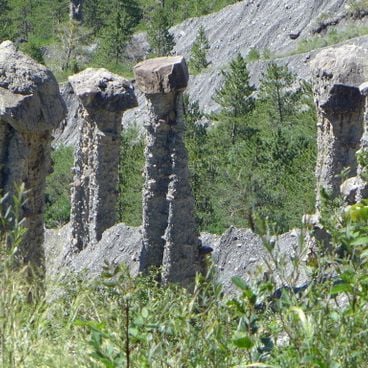
Historical sites and natural landscapes in Provence region

The most beautiful places to visit in France in winter

The most beautiful historic villages of France: stones, alleys, and open-air stories
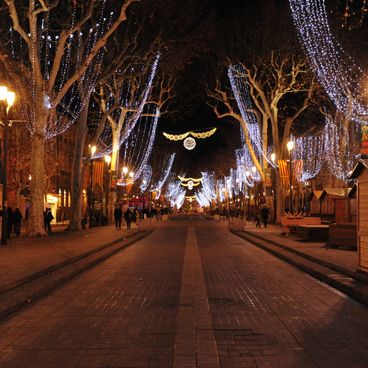
Photo spots in Aix-en-Provence
